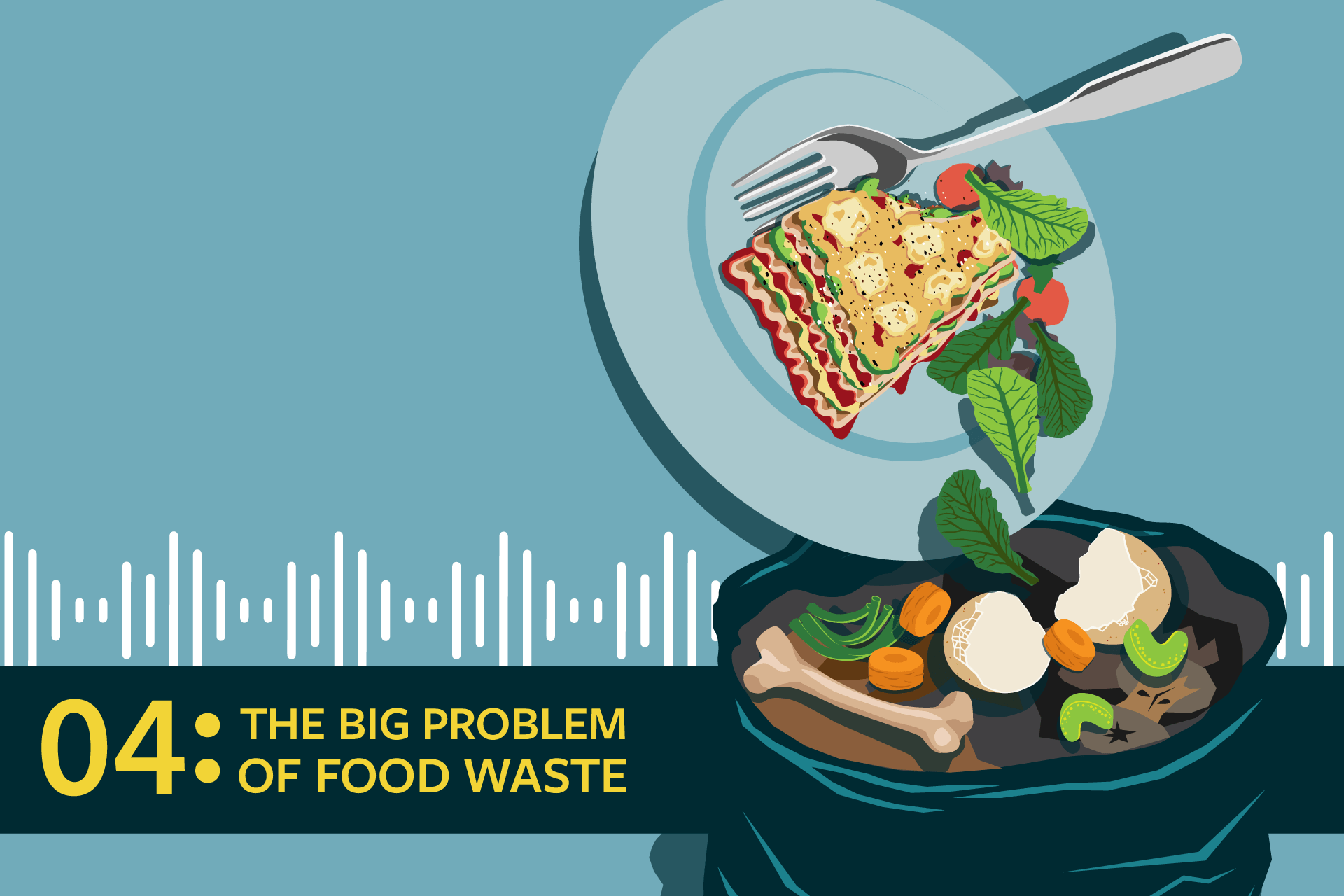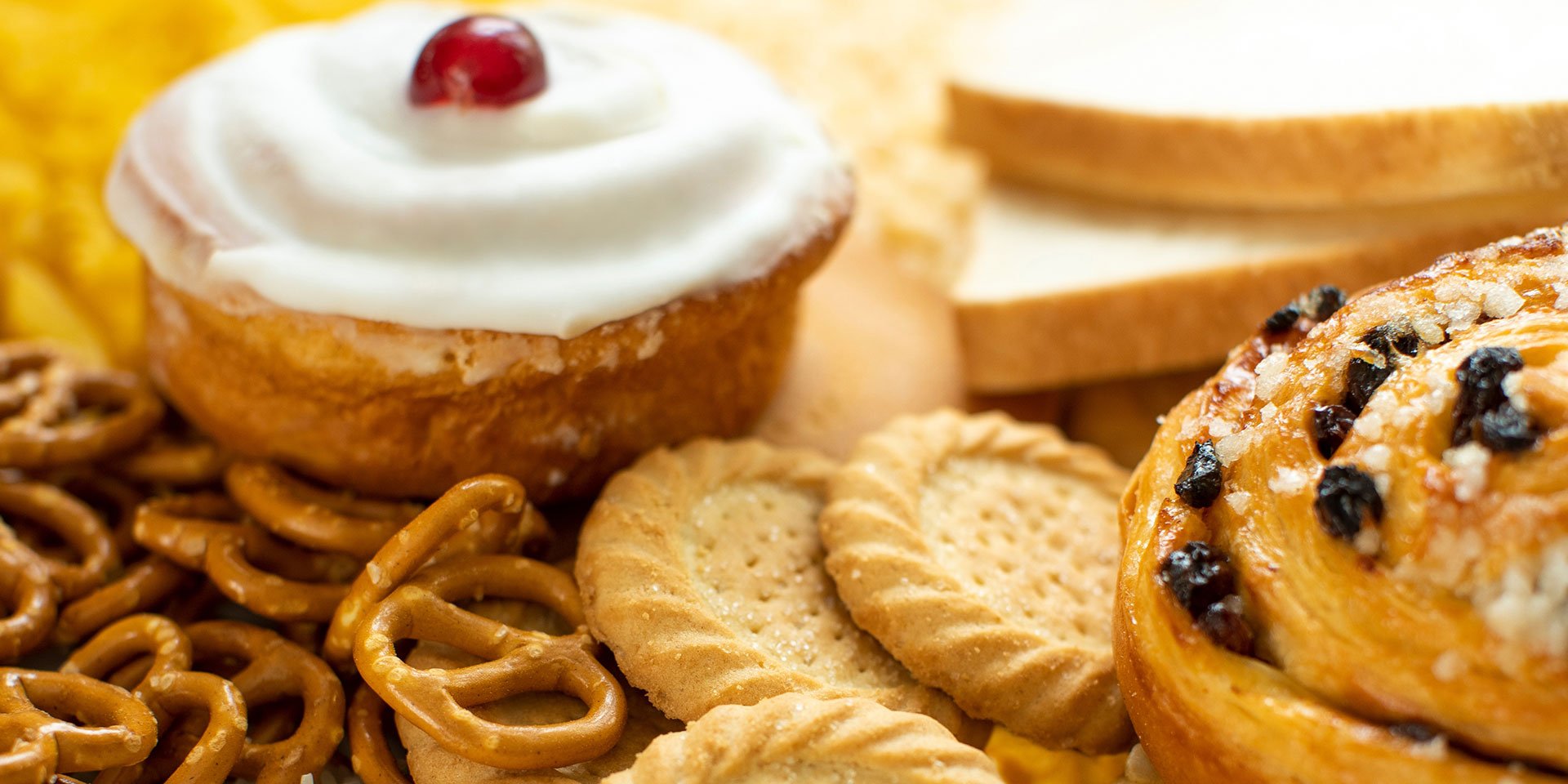How to make your kids’ school lunch more eco-friendly
For those of you who pack your child’s lunch for school each day, we’ve got advice for how to make it more sustainable. Concerned about climate change? Trying to avoid microplastics? Focused on your child’s health? Our six considerations will help you pack a lunch that addresses your core concerns. They won’t take away the hassle and burden of figuring out what to send each day — unless you take our leftovers suggestion! — but they’ll help you make some achievable daily changes to lower your household foodprint.
1. Send leftovers.
One of the greenest things you can do is send yesterday’s dinner for lunch today. The average household throws away over 30% of its food, sending that food to landfills where it decomposes and emits methane, contributing to the greenhouse gas emissions that cause climate change. It can be as simple as sending food that looks exactly the way it looked the night before — but it doesn’t have to be. Anything (roast chicken, shredded cheese, baked tofu, grilled vegetables, a frittata) between two slices of bread with the addition of a beloved condiment, BAM. Anything (grilled fish, pickles, roasted veg, burger, you name it) tucked into the center of an onigiri (Japanese rice ball). You’ve got this. Need help re-envisioning your leftovers? There’s always Tamar Adler’s Everlasting Meal cookbook to help you transform truly any little leftover bit into something worth eating.
2. Pack less meat or no meat.
It’s never too early to get your kid started on enjoying a meat-free or primarily plant-based diet. Industrial meat production pollutes waterways and soil and is a major contributor to global greenhouse emissions. There are so many delicious ways to fill a lunch box that don’t include meat. Get yourself a reusable bento box and experiment with filling each section with different meat-free delights: crudites and hummus; cubes of cheese; edamame; fruit; roasted chickpeas; cold sesame noodles; veggie dumplings and more. If you want to start small, start with one day a week of no meat and do Meatless Mondays.
3. Source locally.
Find inspiration at the farmers’ market and support local farmers and foodways. Sometimes using what’s in season is the shortcut to flavor and to your kids’ lunchboxes coming home empty. Depending on where you live and which semester of school it is, this could mean fantastic apple slices, crisp celery stalks, perfectly hard-boiled pasture-raised eggs, tangy yogurt, crunchy cabbage, etc. Need help figuring out what’s really in season? Check out our Seasonal Food Guide app.
4. Skip ultraprocessed.
More and more science points to the fact that ultraprocessed foods are not good for us, contributing to a host of medical problems like obesity and diabetes, as well as inflammatory bowel disease and colorectal cancer. And as Michael Moss explained in his book “Hooked: Food, Free Will, and How the Food Giants Exploit Our Addictions,” the best way to prevent ultraprocessed foods from being hard-coded into the desire centers of our adult brains is to eat fewer of them as kids. Learn more about which foods are ultraprocessed here. General guidance is to stick to whole foods like fruits and vegetables and, for processed foods, seeking out ones that have recognizable ingredients on their nutrition labels.
5. Say goodbye to single-serving packaging.
A lot of ultraprocessed grab-and-go snacks come in single-serve packaging that is extremely appealing because of how convenient it is to just pick up and pack. But it also is an environmental menace, both because of the footprint of its production and how the trash it creates fills landfills. Different materials have different footprints, of course (with plastic being particularly pernicious). You can read more about it in our “Foodprint of food packaging” report. Reusable stainless steel containers and silicone bags are great alternatives. And if you must use plastic, reusables are better than throwaways! We have even more ideas for zero-waste school lunch here.
6. Forget plastic lunchboxes.
As mentioned above, plastic is problematic, both in production (it’s a petroleum product) and in disposal, since plastic never breaks down completely, just into ever smaller pieces that are filling our waterways, soils and wildlife in the form of microplastics. All of this eventually makes its way into our bodies (including our brains!). Eating from plastic — and especially reheating, as in a microwave — ups our chances of ingesting microplastics directly. Instead, seek out lunchboxes made of stainless steel.
Get the latest food news from FoodPrint.
By subscribing to communications from FoodPrint, you are agreeing to receive emails from us. We promise not to email you too often or sell your information.
More Reading
How to host a sustainable dinner party
December 16, 2025
Tradwives, MAHA Moms and the impacts of "radical homemaking"
December 10, 2025
The FoodPrint guide to beans: Everything you need to know to buy, cook, eat and enjoy them
November 18, 2025
Your guide to buying and preparing a heritage turkey or pastured turkey this Thanksgiving
November 18, 2025
How Miyoko Schinner upped the game for vegan dairy
November 7, 2025
30+ things to do with a can of beans
November 4, 2025
In a beefy moment, beans?
November 4, 2025
Waste not, want not with “Ferment,” a new cookbook by Kenji Morimoto
October 1, 2025
For these cocoa farmers, sustainability and the price of beans are linked
September 17, 2025
You haven’t had wasabi until you’ve had it fresh — and local
September 11, 2025


